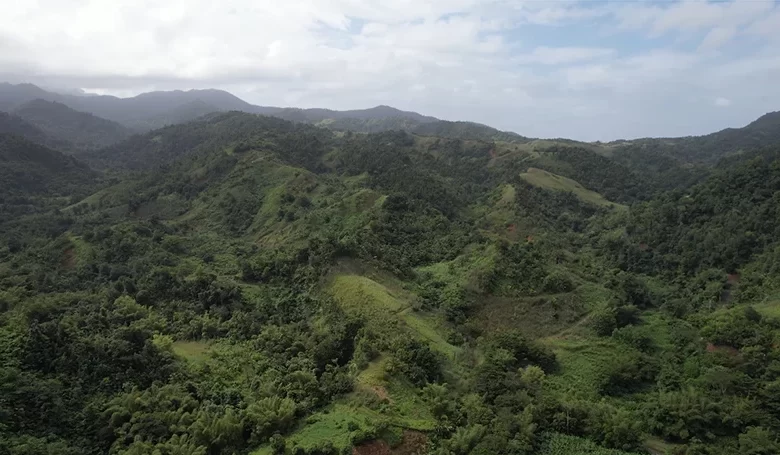Protected Areas in Dominica

Protected Areas in Dominica reflect the island’s dedication to preserving its rich biodiversity, natural landscapes, and cultural heritage. As the “Nature Isle of the Caribbean“, Dominica boasts an array of national parks, reserves, and marine protected areas that safeguard its rainforests, rivers, wildlife, and coral reefs. These spaces are crucial in environmental conservation, eco-tourism, and supporting sustainable livelihoods.
National Parks and Forest Reserves
Dominica has several national parks and forest reserves that highlight its diverse ecosystems and geological wonders.
Morne Trois Pitons National Park
A UNESCO World Heritage Site, this park spans 6,857 hectares and features volcanic landscapes, hot springs, and waterfalls. Key attractions include the Boiling Lake, Valley of Desolation, and Emerald Pool. The park is a hub for eco-tourism, with well-established trails like the Middleham Falls Trail and Titou Gorge offering immersive nature experiences.
Morne Diablotin National Park
Dominica’s second-largest national park, this area protects the island’s highest peak, Morne Diablotin (4,747 feet), and extensive montane forests. It is a critical habitat for endangered species like the Sisserou Parrot and Jaco Parrot, both endemic to Dominica. The Syndicate Nature Trail within the park provides excellent opportunities for birdwatching.
Cabrits National Park
Located on a peninsula near Portsmouth, this park preserves terrestrial and marine ecosystems. The park is known for its Fort Shirley, a restored 18th-century British garrison, and coral reefs that offer exceptional snorkelling and diving experiences. It also marks the endpoint of Segment #14 of the Waitukubuli National Trail.
Marine Protected Areas
Dominica’s commitment to preserving its marine biodiversity is evident through its reserves.
Soufriere-Scotts Head Marine Reserve
This reserve is situated along the island’s southwestern coast and encompasses vibrant coral reefs, underwater geothermal springs, and diverse marine life. Activities like snorkelling, scuba diving, and whale watching are popular here, drawing tourists and marine enthusiasts alike.
Cabrits National Park Marine Section
Part of Cabrits National Park, this area safeguards mangroves, coral reefs, and seagrass beds. It supports local fisheries while contributing to marine conservation efforts.
Wildlife and Conservation Efforts
Dominica’s protected areas shelter an incredible variety of wildlife, including:
- Endangered birds like the Sisserou Parrot and Jaco Parrot.
- Mammals such as agoutis and opossums.
- Reptiles like the Dominican Anole and iguanas.
- Amphibians like the Dominican Coqui Frog.
Efforts by the Forestry, Wildlife & Parks Division ensure that habitats remain viable for these species. International organizations such as BirdLife International and local NGOs also collaborate to monitor and conserve biodiversity.
Sustainable Tourism and Community Engagement
Protected areas in Dominica are at the heart of the island’s eco-tourism sector. Visitors are drawn to the scenic trails, waterfalls, and unique geological features. Communities near these areas benefit from tourism by offering guided tours, homestays, and artisanal crafts. Initiatives like the Waitukubuli National Trail connect many protected areas, providing an integrated experience for hikers.
Legislation and Management
Dominica’s protected areas are governed by the National Parks and Protected Areas Act, 1975, which provides the legal framework for their designation and management. The Forestry, Wildlife and Parks Division oversees these spaces’ conservation and sustainable use, collaborating with international agencies like the United Nations Development Programme (UNDP) and the Global Environment Facility (GEF).
Future Prospects for Conservation
Dominica continues expanding its protected area network, aligning with global biodiversity conservation and climate resilience goals. Plans include improving the infrastructure of existing parks, enhancing marine protection, and increasing community involvement in conservation.
Dominica’s protected areas are a testament to the island’s commitment to safeguarding its natural heritage for future generations. They preserve the environment and support the island’s economy through eco-tourism and sustainable practices, making Dominica a global leader in environmental stewardship.




